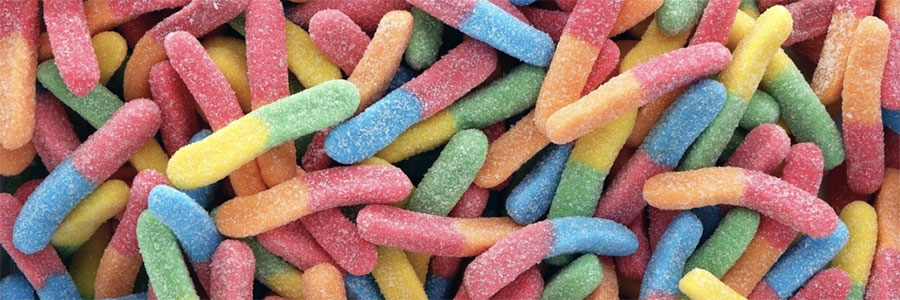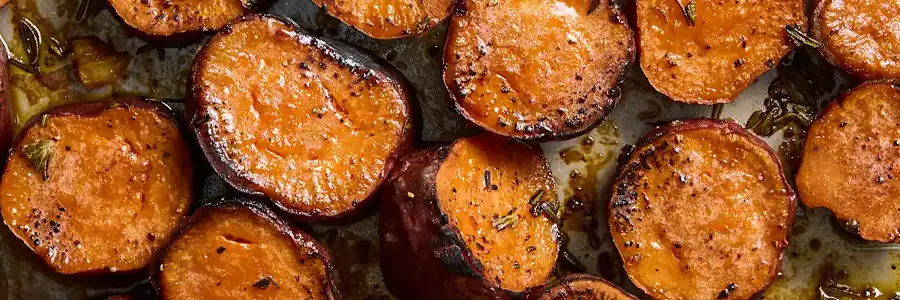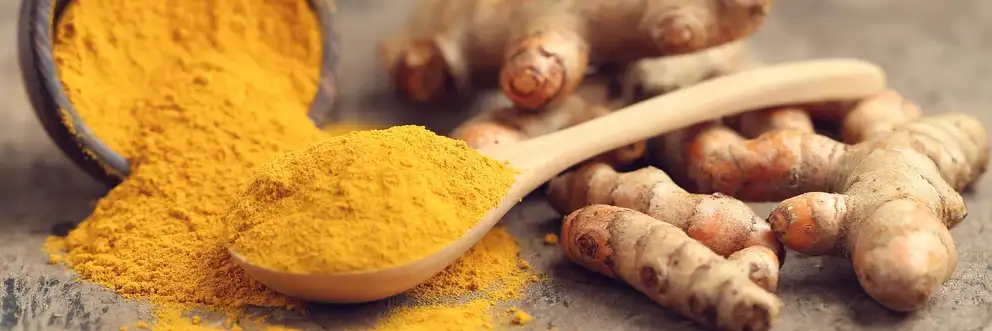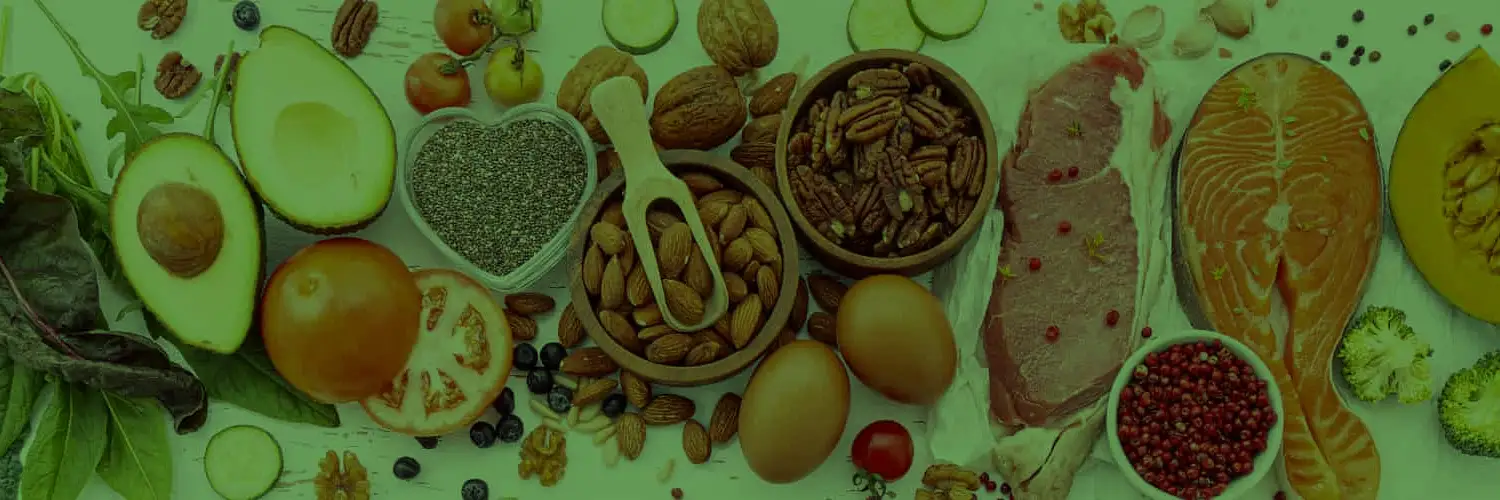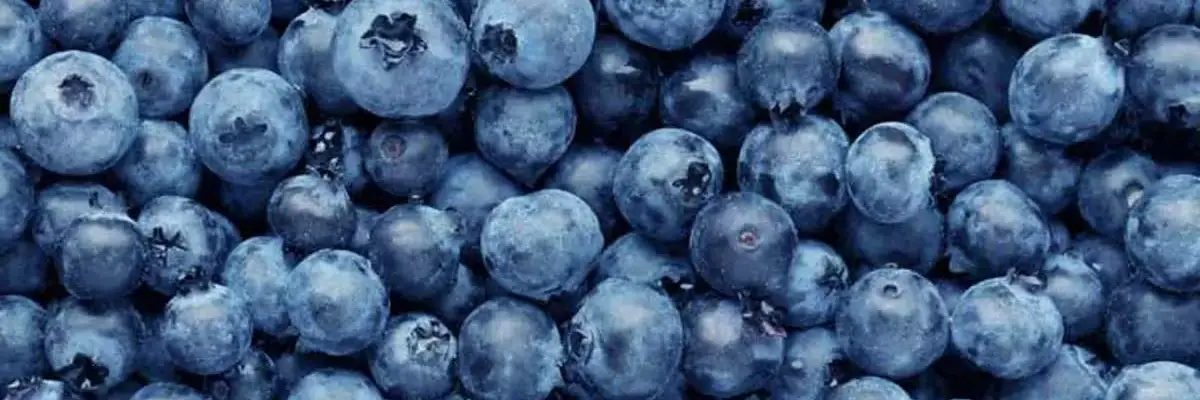Is sugar fine in moderation?
I bet you’re thinking that anything in moderation is fine. Well, that depends on how you define moderation.
I came across The Sugar Book by Damon Gameau and the following line made me chuckle. “The research tells us that consuming sugar, even in moderation (a phrase invented by the food industry to give you the license to eat as much as you like), is likely to be the cause of the modern epidemic of anxiety and depression”.
As a nutritionist, I was taught that sugar’s nutritional value is zero, so the question needs to be raised. Why do we eat so much of it?
Apparently, we have evolved with a love for sweetness. It is our signal for energy. It is wrapped up in rewards, emotions and celebrations. In the past, sweet foods were rare. Our options were wild fruit, honey and nectar, which came packaged with vitamins and nutrients. Now we consume sugar-filled foods empty of nutrients.
Food manufacturers have a lot to answer for regarding their marketing, the way they hide sugars and how they target our children. Sadly, many children get fruit bars, fruit rolls, yogurt, sesame snaps and muesli bars in their lunchboxes often because parents perceive them to be healthy. This perpetuates a high sugar intake into adulthood and an increased risk of mood disorders, diabetes and heart problems.
That’s why I found this book by Damon so intriguing. After changing his eating and lifestyle habits he decided to do an experiment with sugar. He was the perfect guinea pig because he hadn’t had much sugar in three years and hadn’t had alcohol in five years.
His aim was to eat 40 teaspoons of sugar a day for 60 days, which is equal to the average Australian’s daily consumption. I’m sure New Zealanders will be similar. The twist in the tail was that he was going to only eat perceived ‘healthy foods’ believing them to be low in or free from sugar.
Damon’s breakfast of cereal, comprised two scoops of low-fat yogurt and a 400ml glass of apple juice, equated to 20 teaspoons of sugar. This caused him to have a surge of energy, only to slump after 45 minutes, making him grumpy and edgy.
Drinks such as juices, sports drinks, sparkling juices, flavoured milks and smoothies are high in sugar. Sauces, canned soup and dressings are another hotspot for hidden sugar. A 200ml serving of organic apple juice equates to 10 teaspoons of sugar.
Fructose is commonly used as a sweetener in packaged goods. Our bodies have not evolved to deal with the current amount of fructose we are consuming on a daily basis.
When we eat sugar, it is broken down by the small intestine into glucose and fructose. From there it moves towards the liver. En route, glucose can be used by any cells for energy, otherwise it is stored as glycogen, for when we need an energy boost.
Fructose needs to be processed by the liver before it can be used for energy. The liver hoovers up fructose whether it is needed or not. The liver converts the excess fructose to fat. Give the liver enough fructose and tiny fat droplets start to accumulate in the liver cells, this is referred to as nonalcoholic fatty liver disease.
Please remember there is a difference between fructose found in fruit and fruit juice. Fruit still contains fibre, which keeps our system in balance.
After 18 days on a high sugar diet, Damon’s stellar liver results had changed. He had a fatty liver and had started to develop a wobble around his middle! At the end of the experiment he had high cholesterol and high triglycerides, was 8.5 kg heavier and had 10cm of visceral fat around his belly.
So why do we continue to eat it if we know deep down it’s making us fat and unwell? Sugar ramps up the brain’s reward system to such an extent that we can’t say no. At the same time, subconscious eating habits are formed. The more you eat, the more you want. In laboratory testing, rats will work harder for sugar than cocaine.
When hooked on sugar we need to have our fix. For some this can bring guilt, self-loathing and low moods because of the sugar crashes. Sugar releases the same endorphins as love. We just need to find new rewards that give us lasting pleasure. Look at sugar as a cheap short thrill with little depth.
The good news is that you can develop healthy eating habits, just as quickly as you developed the bad ones. Sugar takes about a week to leave your body. Some people may want to go cold turkey, others may want to cut back slowly. From his personal experience, Damon has some pearls of wisdom. When you do cut sugar, the key is to ensure that you have regular small meals every two hours.
What else can you do?
- Drink at least 2 litres of water per day to help support your body’s detoxification processes.
- Start your day with a mug of warm water with a squeeze of lemon in it to support your liver.
- Have a good breakfast such as eggs and avocado to set you up for the day.
- Snack on nuts and seeds and avoid dried fruit.
- Stick to two fruits a day and have them with a handful of nuts.
- Dandelion tea is a great liver support.
- Look for sweetness in other areas of your life.
- Replace sugar rewards with those that are nourishing and longer lasting.
Tips to banish cravings:
- Eat a spoonful of coconut oil.
- Have a handful of nuts.
- Have a ¼ avocado.
- Have some cooked (not roasted) kumara in the fridge for emergencies.
- Have some chia seeds soaked in almond or coconut milk.
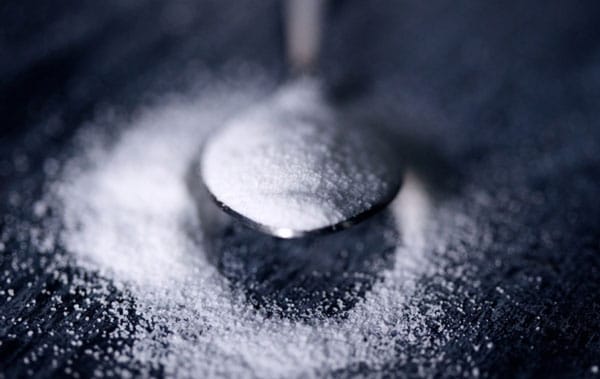
Damon’s health markers all returned to normal after two months. Switching from a high sugar intake to no sugar can be daunting for some. Remember, sugar is creating the cravings and the ill health it brings. Once you stop, the cravings will go away and you will feel amazing. You will find it easier to choose healthier foods and lifestyle options for you and your family.
IBS can be unpredictable and varies from person to person. It’s always important to identify the underlying causes and your unique IBS triggers. The good news is that you can manage it and live a full life without any uncomfortable symptoms or urgency to get to the toilet. Help me spread the word that IBS is a manageable condition and you can have your life back.
